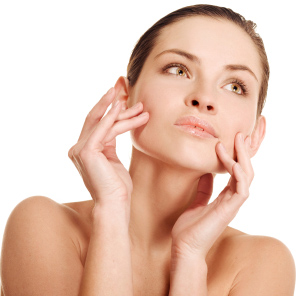 These days, the term anti-aging is attached to a broad variety of scientific, medical and commercial areas. Depending on which interest group or professional community is using the term, the definition has various meanings. This can make for a confusing group of seemingly contradictory ideas about what anti-aging actually means.
These days, the term anti-aging is attached to a broad variety of scientific, medical and commercial areas. Depending on which interest group or professional community is using the term, the definition has various meanings. This can make for a confusing group of seemingly contradictory ideas about what anti-aging actually means.
For the scientific/research community, anti-aging refers specifically to the slowing, preventing or reversing of the aging process. Some of the notable lines of this research include genetic and cellular therapies, focusing on an approach that targets the core biomechanical processes of aging on a cellular or even molecular level. This is the science behind discovering the underlying nuts and bolts of how our bodies age.
In the medical community, anti-aging medicine refers to the prevention and treatment of age-related diseases. This is very different from the scientific approach described above and includes many varied methodologies, such as calorie restriction, various diets and exercise regimens. The difference is that this approach is more about preventing diseases such as diabetes or obesity, which shorten lifespans – not about understanding the root causes of aging itself.
In the larger community of business, and especially in popular culture, anti-aging has come to describe any type of product or procedure that results in looking or feeling younger, and as such is a much broader use of the term. One can find seemingly endless numbers of cosmetics and cosmeceuticals, as well as both non-invasive and surgical treatments that claim to offer anti-aging properties. By this broader definition of the term, everything from eye creams to full surgical face-lifts are said to be a part of this category. Some of the most popular anti-aging categories are energy-based (lasers, light and ultrasound energy), topicals (creams and serums applied externally) and facial injectables (such as dermal fillers: Radiesse, Restylane and Juvederm; and neurotoxin: BOTOX being the most well-known).
